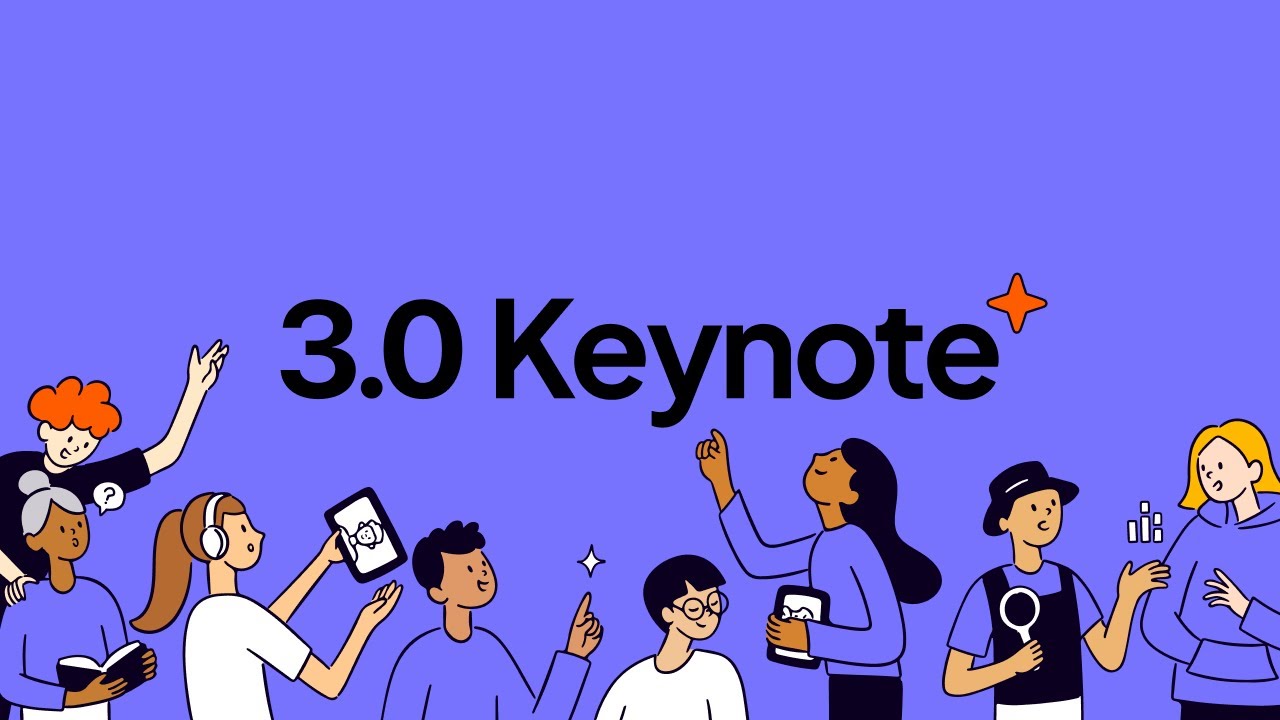Запис 29. Аналіз якісних даних. Практикум з продуктового дизайну
Summary
TLDRThe lecture introduces qualitative data analysis in product design, emphasizing the importance of understanding user feedback and translating it into actionable insights. It discusses the need to comprehend the user's world and their needs beyond the product. The speaker compares product designers to anthropologists, highlighting two perspectives: 'emic' (from the user's point of view) and 'etic' (from the observer's point of view). The transcript also covers common pitfalls, such as the misuse of empathy maps, and outlines different types of analysis, including inductive and deductive approaches. It provides a step-by-step guide on analyzing interviews, from transcription to coding and reporting, and stresses the importance of maintaining confidentiality and separating interview recordings from personal data.
Takeaways
- 📚 The lecture introduces the analysis of qualitative data, emphasizing the importance of understanding customer feedback and the context in which they use a product.
- 🔍 It discusses the need for product designers to analyze how a product fits into a user's life, especially if it's not a social media platform where users spend a lot of time.
- 🌐 The speaker suggests that in reality, a product likely occupies a very small amount of a user's life, and it's essential to understand why a user turns to the product when they do.
- 🤔 The lecture highlights the importance of understanding the user's world and translating their language and worldview into a language that the product team can understand.
- 👥 It introduces two perspectives for product analysis: 'emic,' which is an insider's view, and 'etic,' which is an outsider's view, and how these perspectives can be adapted for product design.
- 🧐 The 'emic' perspective involves looking at the world through the user's eyes, trying to understand the product's place in their life from their point of view.
- 🔎 The 'etic' perspective involves observing the user's behavior from the outside, making conclusions from the perspective of the observer, not the user.
- 🔑 The lecture explains the process of analyzing qualitative data, which includes switching between the 'emic' and 'etic' perspectives to gain a comprehensive understanding.
- 📝 It outlines a method for analyzing interviews with users, which involves creating and reading transcripts, coding the information, segmenting, analyzing, and creating a report.
- 📊 The speaker emphasizes the importance of inductive and deductive analysis in qualitative data, each serving different purposes in understanding user behavior and validating assumptions.
- 📈 The process of coding transcripts involves identifying key themes and patterns, which can then be used to create a visual representation to understand common and unique responses among respondents.
- 📑 The final report should include insights, recommendations, and next steps, ensuring that the findings are actionable and can guide future product development.
Q & A
What is the main focus of the lecture on qualitative data analysis?
-The lecture focuses on understanding the user's world and translating their language and worldview into terms that the product team can understand, similar to the role of anthropologists.
Why is it important to analyze user feedback continuously?
-Continuous analysis of user feedback helps product designers to understand how their product fits into the users' lives and why users turn to their product from their world.
What are the two perspectives, Emic and Etic, adapted for the product world as mentioned in the lecture?
-The Emic perspective involves looking at the world through the user's eyes, essentially seeing the product's place in their life from their viewpoint. The Etic perspective is an outside view where observers analyze user behavior from their own perspective, not the user's.
How does the Free Work method help in building the customer journey?
-The Free Work method is useful for constructing the customer journey as it involves studying user behavior during a certain action, allowing researchers to understand the user's perspective and the observer's perspective.
What is the most common mistake demonstrated with the empathy map, and how can it be corrected?
-The most common mistake is formulating questions from the observer's perspective instead of the user's. To correct this, the empathy map should be used by framing questions from the user's point of view, focusing on what the user says, thinks, does, and feels.
What are the two types of analysis mentioned in the script for qualitative data?
-The two types of analysis are inductive analysis, used when creating assumptions and suitable for unstructured interviews, and deductive analysis, used for confirmation of existing assumptions, useful for structured interviews and quality testing.
How can thematic content analysis benefit the understanding of user behavior?
-Thematic content analysis helps in identifying common patterns in respondents' answers and analyzing narratives, which is useful for building a sequence of user actions and creating a customer journey map.
What are the six steps involved in analyzing interviews with users?
-The six steps are: creating and reading interview transcripts, coding the transcripts, segmenting and organizing the information, analyzing it, and creating a report.
Why is it important to pay attention to repeated words or phrases during the interview analysis?
-Repetition of certain words or phrases by respondents can indicate important themes or issues that are central to the user experience and should be considered in the analysis.
How can the analysis of interviews contribute to the development of a product?
-Interview analysis can provide insights into user needs, behaviors, and contexts, which can then be translated into hypotheses and tested to guide product development and ensure it meets user requirements.
What should be included in the final report after analyzing user interviews?
-The final report should include a title or insight about the user need, a system for prioritizing findings, details about who conducted the research and when, analysis of recommendations, and next steps for practical application.
Outlines

Этот раздел доступен только подписчикам платных тарифов. Пожалуйста, перейдите на платный тариф для доступа.
Перейти на платный тарифMindmap

Этот раздел доступен только подписчикам платных тарифов. Пожалуйста, перейдите на платный тариф для доступа.
Перейти на платный тарифKeywords

Этот раздел доступен только подписчикам платных тарифов. Пожалуйста, перейдите на платный тариф для доступа.
Перейти на платный тарифHighlights

Этот раздел доступен только подписчикам платных тарифов. Пожалуйста, перейдите на платный тариф для доступа.
Перейти на платный тарифTranscripts

Этот раздел доступен только подписчикам платных тарифов. Пожалуйста, перейдите на платный тариф для доступа.
Перейти на платный тарифПосмотреть больше похожих видео
5.0 / 5 (0 votes)






